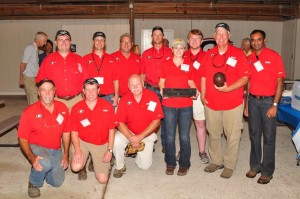One of the most popular questions asked about peanut farming is, “How do farmers know when to dig their peanuts?” Farmers utilize the hull scrape method and peanut profile board to determine when to dig and the resulting yield and grade means cash to farmers.
Farmers pod-blast their peanuts before placing the sample on the maturity profile board. The pod-blasting process is a good method in mitigating peanut losses. The board is colored coded from lighter colors to darker so researchers and extension agents can separate them via color on the chart to determine the number of days until maturity.
Some peanut fields planted on the same date may mature at different times based on cultivar selection, soil type or weather patterns. Knowing when to dig peanuts can mean the difference between loosing and gaining 200 lbs. per acre.
During the visit at the Lang-Rigdon Farm in Tifton, tour participants were able to see this process firsthand, as well as load up on trams and travel through the farm to learn about some of the latest peanut research being conducted at the University of Georgia. They also got a chance to hear more about some of the issues Georgia peanut farmers have faced in the 2016 growing season.

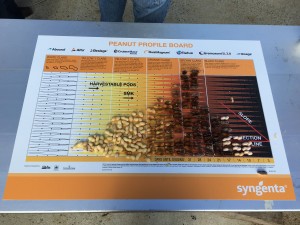
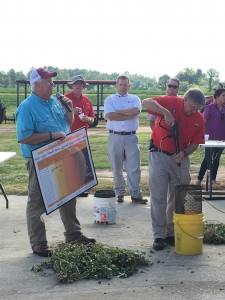
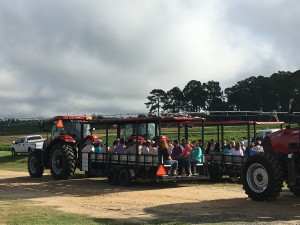
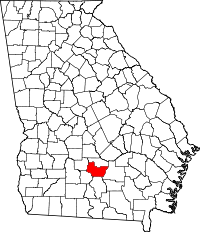
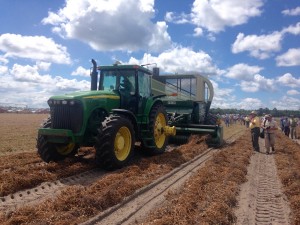
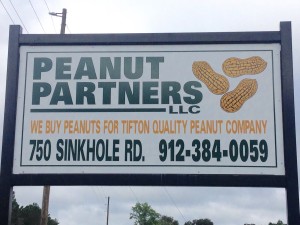 participants were able to learn more about the grading process for peanuts and the sorting, drying and storage methods at a Peanut Partners buying point in Douglas, Ga. during the 2016 Georgia Peanut Tour. As peanuts enter the buying point the semitrailers of peanuts are dried and then samples are taken from the trailers for grading. The peanuts are graded by employees of the
participants were able to learn more about the grading process for peanuts and the sorting, drying and storage methods at a Peanut Partners buying point in Douglas, Ga. during the 2016 Georgia Peanut Tour. As peanuts enter the buying point the semitrailers of peanuts are dried and then samples are taken from the trailers for grading. The peanuts are graded by employees of the  While the Georgia Peanut Tour focuses on educating attendees about the quality of Georgia peanuts, the tour also brings together Southern hospitality and great food. This year is no exception! Tour attendees were able to step back into the 19
While the Georgia Peanut Tour focuses on educating attendees about the quality of Georgia peanuts, the tour also brings together Southern hospitality and great food. This year is no exception! Tour attendees were able to step back into the 19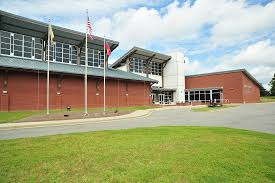
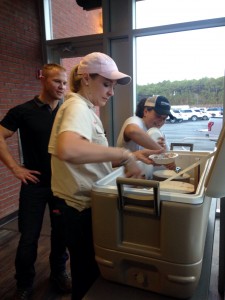
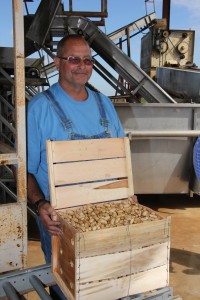 ompared to previous stops. Vic Fleet, owner of Rolling Hills Farm, Inc., located in Colquitt, Georgia, plants green peanuts for boiling. A boiled peanut, botanically, is like a regular peanut. However, boiled peanuts are harvested earlier when they are still immature, and they are then boiled and soaked in salt water. The handling of green peanuts is completely different than that of a commercial grown peanut. A green peanut is a perishable product, and if not dried or frozen, will start rotting from the moment it is harvested.
ompared to previous stops. Vic Fleet, owner of Rolling Hills Farm, Inc., located in Colquitt, Georgia, plants green peanuts for boiling. A boiled peanut, botanically, is like a regular peanut. However, boiled peanuts are harvested earlier when they are still immature, and they are then boiled and soaked in salt water. The handling of green peanuts is completely different than that of a commercial grown peanut. A green peanut is a perishable product, and if not dried or frozen, will start rotting from the moment it is harvested.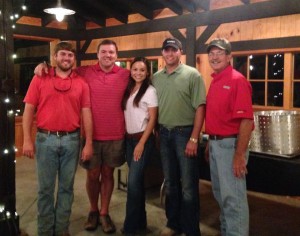
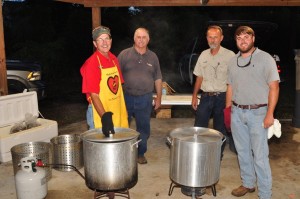 Peanut tour attendees were able to wind down after two full days of peanut education, and what better way to do so than being treated to the traditional low-country boil and friendly fellowship the Georgia Peanut Tour has to offer. This year the low-country boil, sponsored by
Peanut tour attendees were able to wind down after two full days of peanut education, and what better way to do so than being treated to the traditional low-country boil and friendly fellowship the Georgia Peanut Tour has to offer. This year the low-country boil, sponsored by 